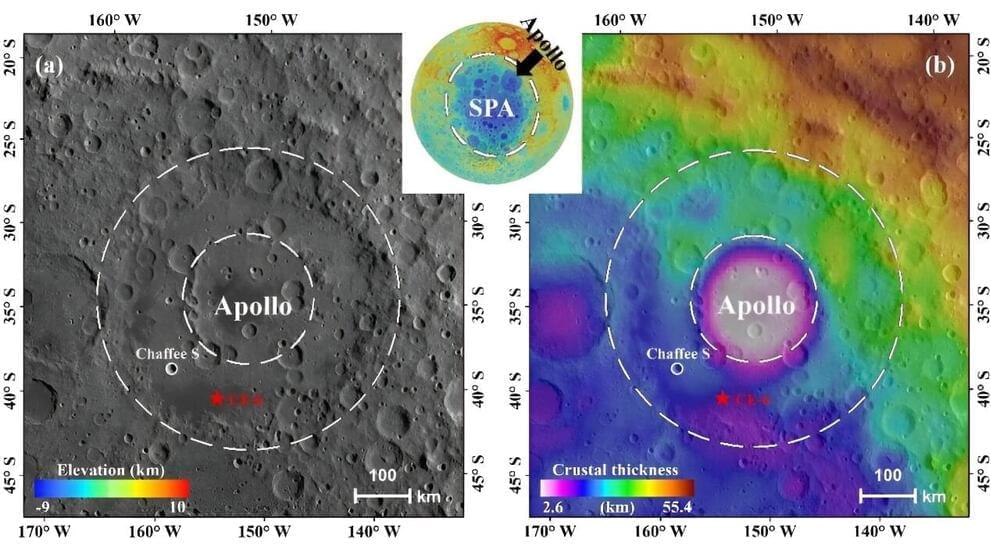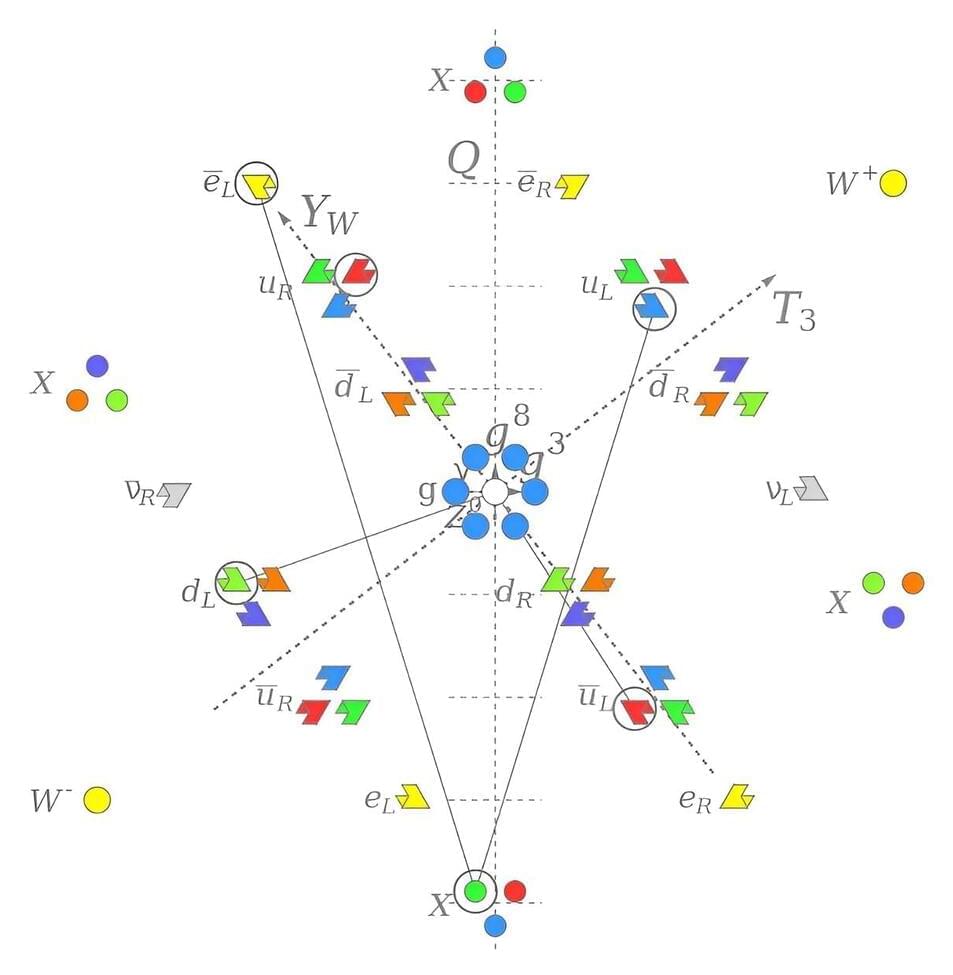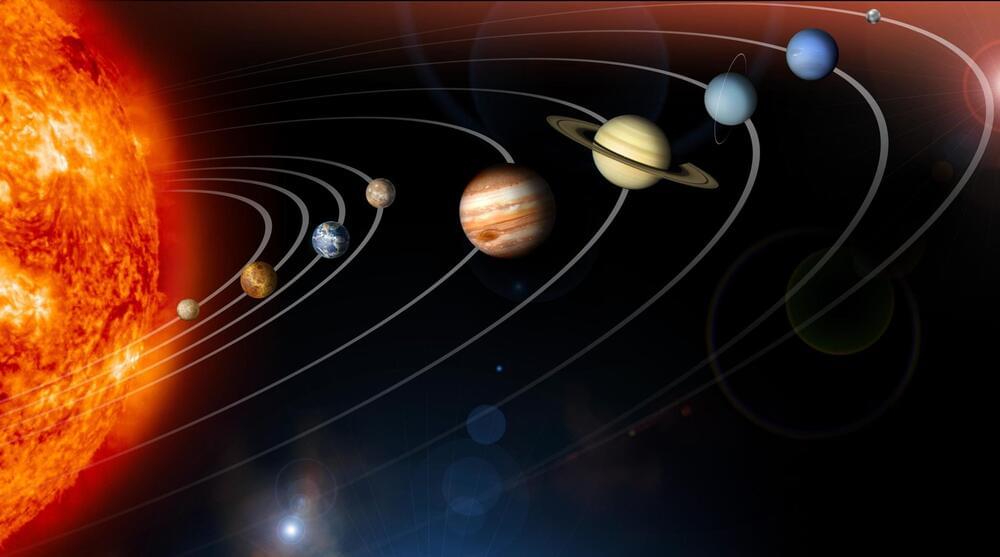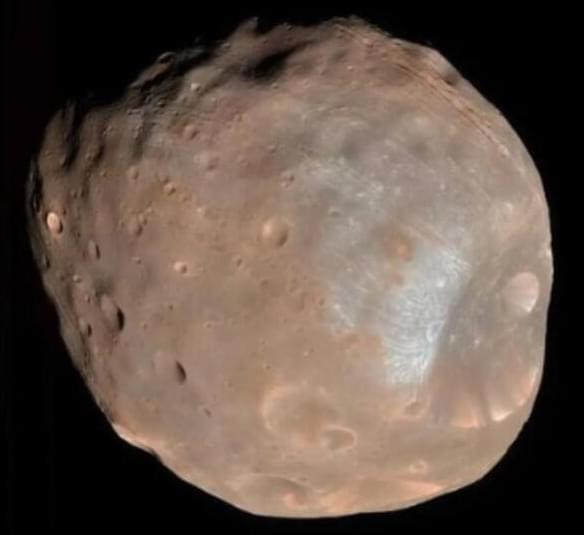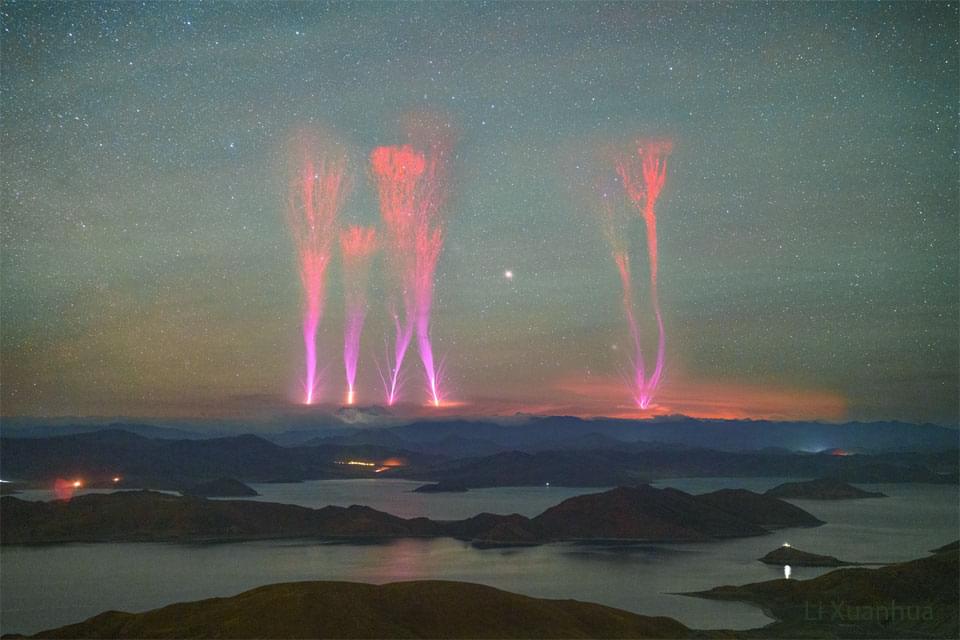Jun 25, 2024
Why don’t electrons in the atom enter the nucleus?
Posted by Dan Breeden in categories: nuclear energy, particle physics, space
Article 39 Why an electron does not fall into the nucleus in terms of the strong and weak nuclear forces.
Your thoughts would be appreciated.
It can be shown one may able to derive the strong and weak nuclear forces and the internal geometry of protons and neutrons in terms of the orientation of…
Continue reading “Why don’t electrons in the atom enter the nucleus?” »



